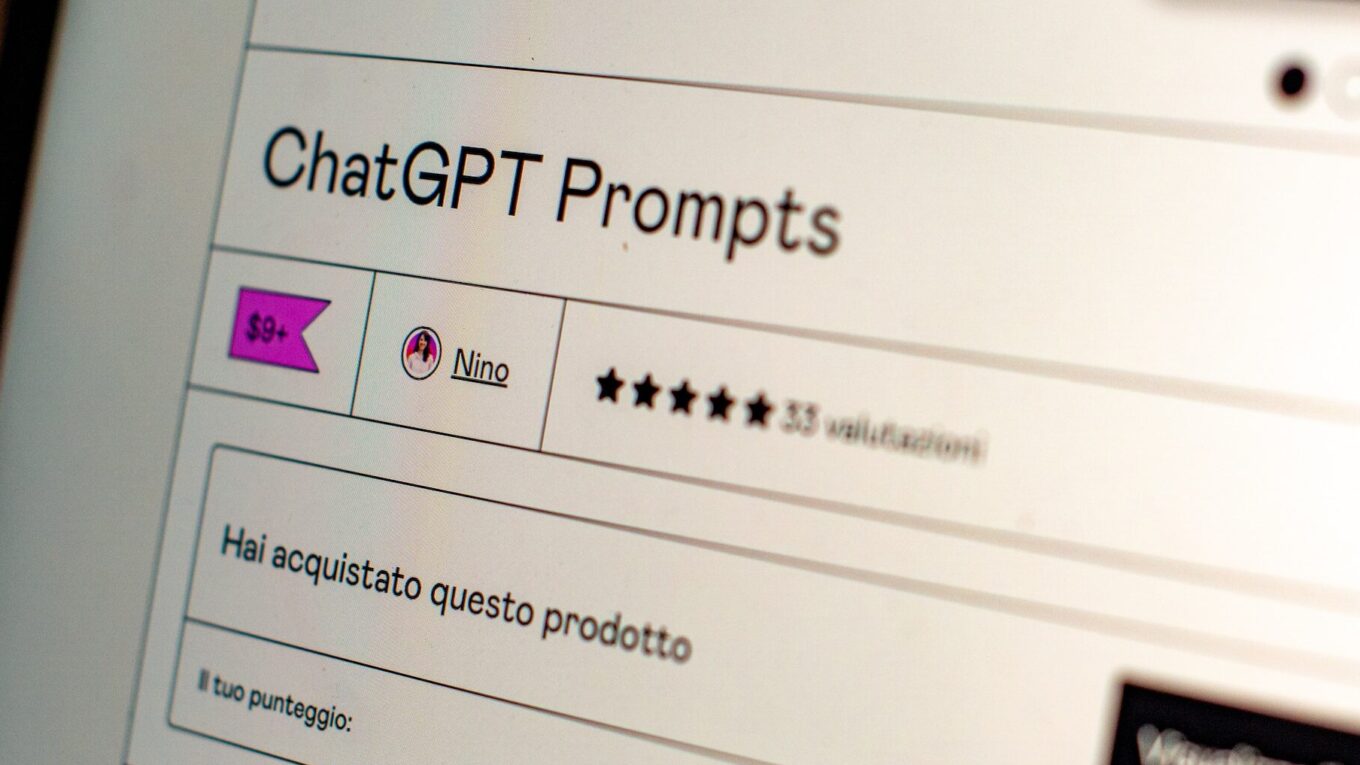Prompts // 9 (Curriculum Design)
My thoughts on prompt engineering continue to develop as I read about what others are doing in this space. I want to move on from my previous attempts to understand the landscape of AI and the impact of prompt engineering and to look in more detail. on the impact it can have on curriculum design.
My previous posts have covered prompt structure and techniques, adaptation and challenges. I’ve looked at the pitfalls of ensuring accountability as part of our responsible use of AI, and my last post was on the practical innovations of AI use in an educational setting.
So let’s bring it back a little to the ‘day job’ of learning or instructional design. One aspect of my thinking, which seems to resonate with many in my network, is a ‘positive-but-wary’ approach to AI tools as part of the teaching and learning landscape. Yes, we can use them, but should we?
Note: As before, this post has been (mostly) crafted using ChatGPT (v4). I have modified and tweaked aspects of the prompt and output so (a) I understand it and the process better, and (b) it reads a little bit more like something I would have written, but it is mostly LLM-created.
The evolving landscape of higher education has enabled curriculum designers to increasingly focus on innovative methods to enrich and diversify learning experiences. The development of AI has enabled the view that it can be so much more than just a teaching tool; it is a worthy partner in the curriculum design process. How can curriculum developers leverage prompt engineering with AI to create dynamic, relevant, and globally-aware educational programmes?
AI for curriculum analysis and improvement:
AI can be utilised to analyse existing curricula, identifying areas for improvement or expansion. Prompt engineering in this context involves asking AI to evaluate course content, learning outcomes, and student feedback.
Example prompt for AI: “Analyse student feedback and performance data from the past three years for the Master’s in Environmental Science programme to identify areas for curriculum improvement.”
Application: This prompt can guide AI to process large datasets, providing curriculum developers with insights into which areas might benefit from additional resources or restructuring.
Benchmarking and global standards integration:
Curriculum developers can use AI to ensure their programs align with international standards and benchmarks. Developers can maintain a competitive and relevant educational offering by crafting prompts for AI to compare a given curriculum with global best practices.
Example prompt for AI: “Compare our undergraduate business curriculum with the top five globally ranked business programs to identify alignment and divergence in core content areas.”
Application: This AI-assisted benchmarking helps curriculum designers understand where their program stands in a global context and areas for potential alignment or differentiation.
Interdisciplinary connections identification:
One of the challenges in modern education is fostering interdisciplinarity. AI can assist curriculum developers in identifying potential connections between different subject areas, suggesting integrative course elements or collaborative opportunities.
Example prompt for AI: “Identify interdisciplinary linkages between the current syllabus of ‘Data Science’ and ‘Urban Planning’ courses to propose integrated learning modules.”
Application: The response from AI can assist curriculum developers in creating modules that bridge gaps between disciplines, fostering a more interconnected learning experience.
Trend analysis for future-ready curriculum:
Keeping the curriculum up-to-date with the latest industry trends and future job market requirements is essential. AI can analyse current academic and industry trends to suggest updates or new course inclusions.
Example prompt for AI: “Analyse emerging trends in renewable energy and sustainability over the past five years to propose relevant additions to the Environmental Engineering curriculum.”
Application: AI’s analysis can provide curriculum developers with forward-looking insights, ensuring that the curriculum remains relevant and prepares students for future challenges.
Customising learning pathways:
AI can help design personalised learning pathways for students, aligning with their career goals and academic interests. Prompt engineering in this scenario would involve instructing AI to create flexible curriculum models based on student data.
Example prompt for AI: “Generate personalised elective pathways for students in the Computer Science program based on their academic performance and expressed interest in AI and Machine Learning.”
Application: This approach allows curriculum developers to offer more personalised, student-centric education models, enhancing student engagement and academic success.
Global and cultural competency integration:
For a globally diverse student body, it’s essential to integrate global and cultural competencies into the curriculum. Faculty deans and curriculum designers can use AI to achieve this.
Example Prompt for AI: “Review global best practices in incorporating cultural competencies into medical education curricula and suggest adaptations for our medical program.”
Application: The AI’s suggestions can assist in developing curricula that are culturally sensitive and globally aware, equipping students to work effectively in diverse environments.
The integration of AI in the curriculum design process in universities is not just a technological upgrade; it represents a shift towards a more collaborative, informed, and dynamic approach to education. By leveraging AI through strategic prompt engineering, university staff from various departments can collectively enhance the quality, relevance, and global readiness of educational programs. AI, thus, emerges not only as a facilitator of learning but as a key partner in curriculum development and innovation.
Photo by Emiliano Vittoriosi on Unsplash



















2 thoughts on “Prompts // 9 (Curriculum Design)”
Comments are closed.